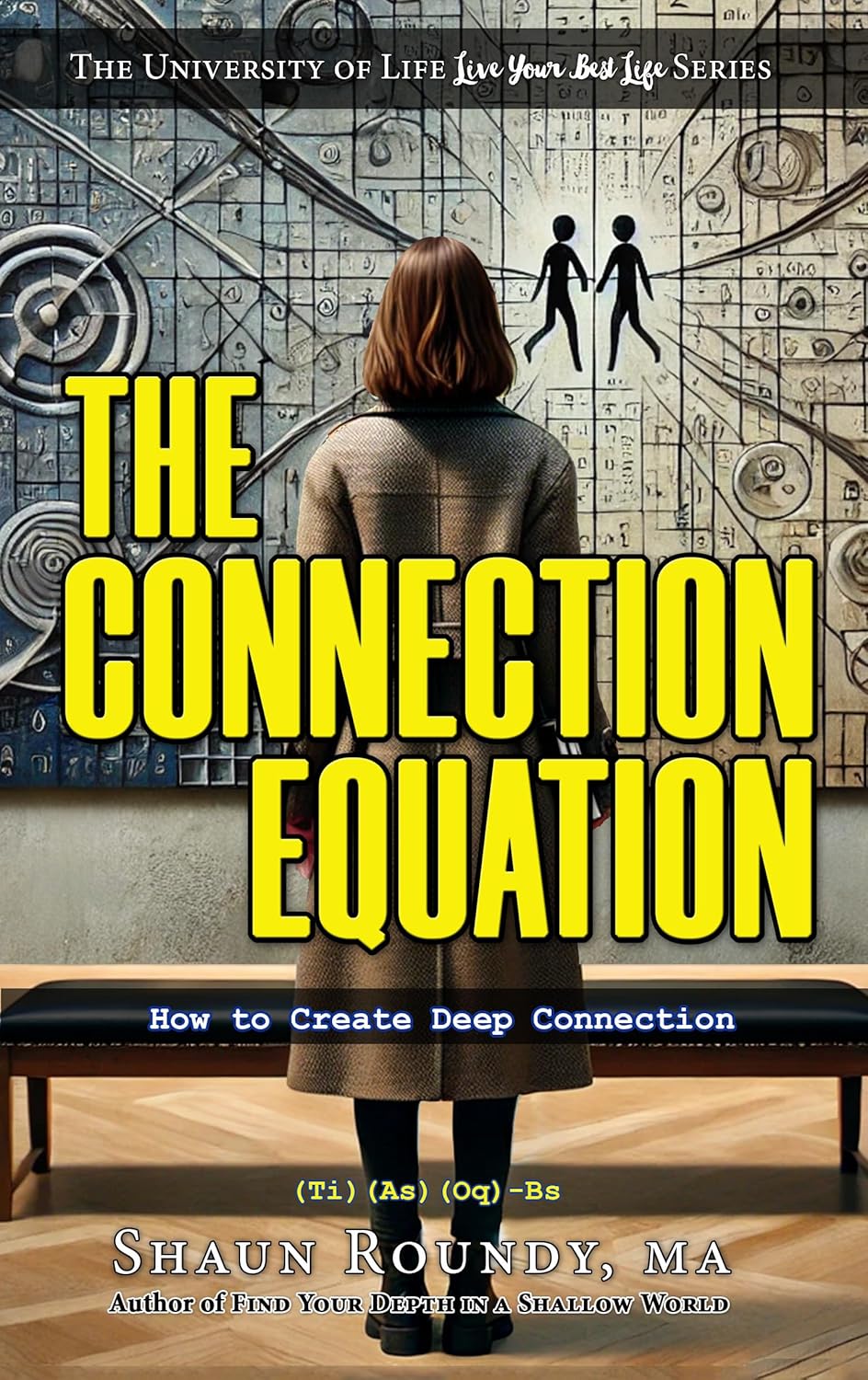 Science has recently taken an interest in discovering exactly what love consists of. Modern technology like fMRIs have revealed several useful aspects of what generates love within our bodies, but they acknowledge that such information doesn’t begin to explain exactly what love really is, especially real love.
Science has recently taken an interest in discovering exactly what love consists of. Modern technology like fMRIs have revealed several useful aspects of what generates love within our bodies, but they acknowledge that such information doesn’t begin to explain exactly what love really is, especially real love.
Much of the measurable biology of love can be interpreted as motivation to procreate and/or retain lasting relationships. Certain chemicals change their intensity during various stages of a relationship, which helps explain why and how relationships evolve over time.
In case you’re interested, the following neurochemicals are especially active during the attraction phase or early years of a romantic relationship.
Dopamine: this happiness neurotransmitter rewards us for finding love and makes us crave more.
Serotonin: is another mood regulator which creates happiness.
Norepinephrine: increases heart rate and blood pressure, which partially explains the thrill of twitterpation.
MDMA: increases the feeling of empathy toward others and is closely tied to norepinephrine.
Prolactin: is a hormone that curbs satisfaction after sex, among other things, which keeps cravings higher. In later years, sexual experiences become more satisfying as prolactin levels decrease.
Other chemicals bond lovers together but don’t appear to decrease their quantity over time:
Oxytocin: is the primary bonding hormone for females (though males also have it) and is responsible for the bonding instinct between lovers and between parent and children.
Vasopresin: is the male counterpart to oxytocin and has similar effects, including encouraging long term monogamy.
[This article comes from chapter 5.2 “Love, Chemically” of Heal Your Mind: A Practical Guide to Speaking Your Brain’s Languages and Turing Pain into Power by Shaun Roundy]









Leave a Reply